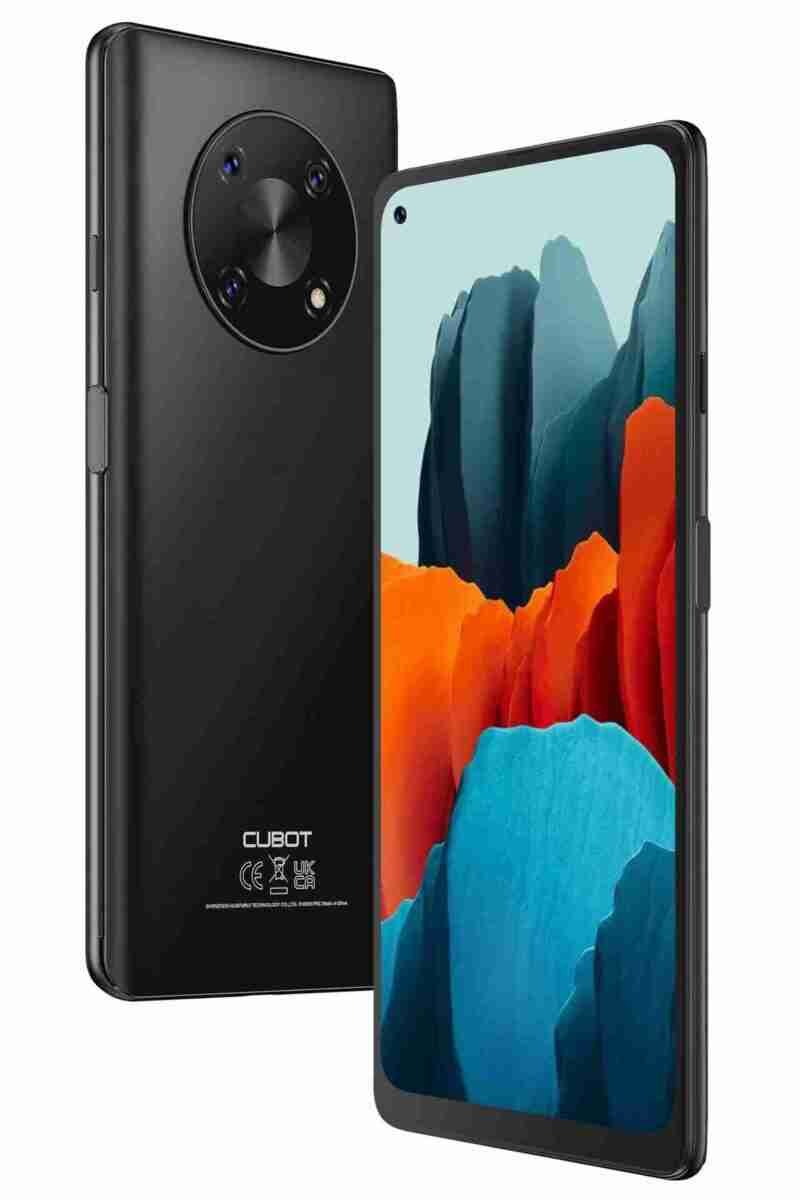The Evolution of Mobile Phones From Brick to Smartphone
The article explores the evolution of mobile phones from the first brick phones to the rise of smartphones, highlighting advancements in design, features, and the impact on communication and technology.
The Evolution of Mobile Telephony
The history of mobile phones dates back to the invention of the telephone by Alexander Graham Bell. However, it wasn’t until over a century later in 1983 that the first mobile phone, the DynaTAC 8000x, made its debut. Often referred to as a “brick” phone due to its large, heavy design, it was a far cry from the sleek, compact devices we’re accustomed to today.
The 1990s marked a significant transition in mobile phone evolution with the emergence of more elegant and smaller “candy bar” and “flip” phones, offering users enhanced portability and style. A notable example is the Motorola StarTAC, one of the first flip phones introduced during this era, providing a more compact and user-friendly design.
Over the years, mobile phones have undergone dramatic transformations in both design and size, with features like texting, camera, and internet connectivity being gradually introduced. In 2000, the J-SH04, the first camera phone, was introduced by Sharp, paving the way for the integration of photography into mobile communication.
The evolution of screens on cell phones to become large, high-resolution displays significantly changed the user experience, with touchscreens gaining popularity in the early 2000s. Battery life also saw a significant improvement with the introduction of lithium-ion batteries, followed by power banks, offering users extended usage times.
The birth of the smartphone began in 2007 with the introduction of the iPhone by Apple. This revolutionised the mobile phone industry with its large touchscreen, internet connectivity, and the introduction of the App Store, expanding the capabilities of smartphones beyond mere communication.
 Advancements in Design and Size
Advancements in Design and Size
Following closely behind was the first Android phone, the HTC Dream, introduced in 2008, which played a significant role in the proliferation of smartphones, offering a competitive alternative to the iPhone. As smartphone development advanced, security features evolved from simple passwords to more sophisticated measures such as fingerprint sensors and facial recognition.
Impact of Smartphones and Future Developments
The advent of smartphones has had a profound impact on communication, technology, and various industries. They have become essential tools for communication and accessing information, transforming industries from healthcare to entertainment.
However, the instantaneous access to information through smartphones has also raised potential issues around misinformation. Future advancements in mobile phone technology include 5G connectivity, artificial intelligence, and foldable displays, promising to further transform communication and the spread of information.
In conclusion, the evolution of mobile phones from brick-sized devices to modern smartphones has reshaped our world in countless ways. As technology continues to advance, we can expect mobile phones to push boundaries even further, transforming industries and our everyday lives.



 Advancements in Design and Size
Advancements in Design and Size




